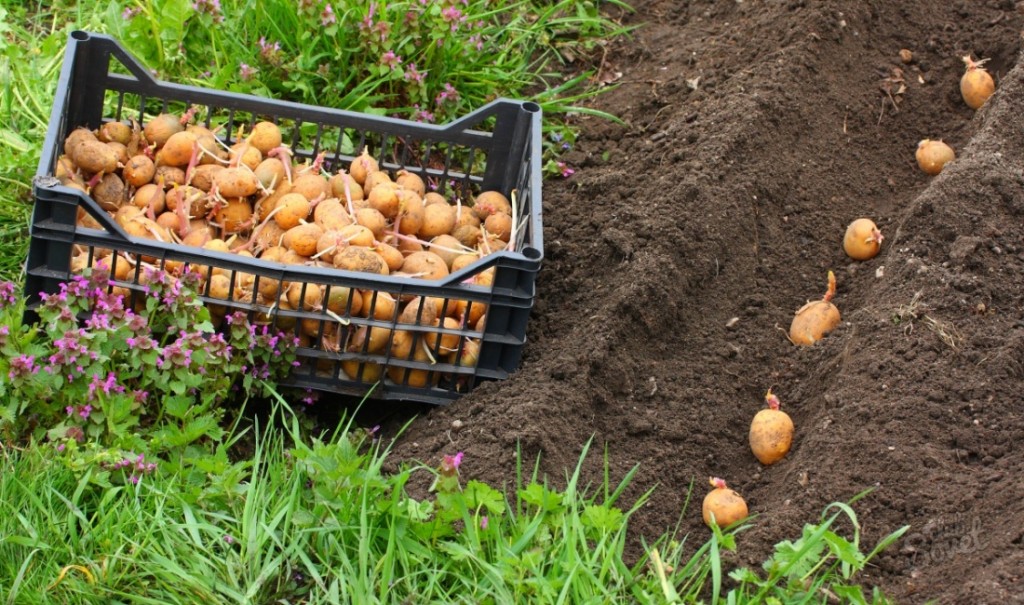Technology of planting potatoes with a walk-behind tractor with a hiller
Content
Advantages of the hiller
The first thing to note is that all hillers are created in order to facilitate the fate of gardeners with large plots. The rest, more narrowly focused advantages, depend on the specific type of hiller, and there are 4. The simplest one is a hiller with an unregulated furrow width. This device is practically devoid of advantages, so most agronomists prefer other options. They are manufactured with standard parameters with a furrow coverage radius of 20-30 centimeters.
Hillers with adjustable working width are especially popular with gardeners. Such hillers can be adjusted for themselves, taking into account the size of the site, the variety of potatoes and other details. Adjustable hillers are highly productive, although energy consumption is high. The main advantage of the Dutch-type hiller is that when processing rows and row spacings, the earth does not roll back into the hole. This significantly improves the fit.
Experienced agronomists recommend using disc hillers. They allow the employee to not exert much effort. In addition, they have the lowest energy consumption.
The disc hiller with a plow makes high ridges. Such an aggregate additionally crushes and fluffs up the soil, therefore it is deservedly considered the standard. When buying units, check their compatibility with your walk-behind tractor. For example, an instrument designed for the Neva may not fully suit Salyut and vice versa.
Pre-landing preparation
Planting potatoes with a walk-behind tractor is carried out exclusively after preliminary cultivation of the land. You will first need to plow the area, and then harrow it to saturate the soil with oxygen and fluff it up. Plowing the land is carried out using a special cutter or plow.
Boroning (chopping breasts) can also be done with a walk-behind tractor or with a hand rake, if the size of the site allows this. Some walk-behind tractors perfectly loosen the soil during plowing to a depth of 20 centimeters, so sometimes harrowing is not necessary. One of the most popular motoblocks is the Neva. It can cultivate the field at 2 speeds. It is better to start processing from the edge of the site. Then plow 2 meters of land that is perpendicular to the furrows. To plow the whole garden to the same depth, try to grab a part of the already worked ridge with a plow.
Next, you need to outline the rows. Free aisles are one of the most important conditions for high-quality potato growth. The distance at the row spacing should be on average 60-70 centimeters. The numbers depend on the potato variety. When the holes are prepared, planting potatoes begins directly using a walk-behind tractor.
Video "Planting potatoes using the Neva walk-behind tractor"
Landing technique
There are two main planting methods - potato planter and hiller.Below we will tell you what is the fundamental difference between these two options and which method is better. Remember, no matter what unit you end up using, the distance between potato seeds in a row should be at least 20-30 centimeters, and the depth should be 10-15 centimeters.
If you are using a regular hiller, then it must be attached to the walk-behind tractor. In order for the potatoes to sit comfortably in the furrows, you will need to move the blades and thus increase the wing grip. When using the Neva walk-behind tractor, do not forget to remove the wings and the main emphasis from it. Planting potatoes with a walk-behind tractor salute does not require such manipulations. It is imperative to attach lug wheels to the walk-behind tractor.
The track width must be at least 60 centimeters. Potato tubers are placed in the prepared furrows at the same distance from each other. After that, it is necessary to put on ordinary rubber wheels on the Neva or Salyut walk-behind tractor, but the track width parameters remain the same. The gap between the wings is left to the maximum and the row is backfilled with fresh earth.
If you have large areas of land at your disposal, then it will be more convenient and profitable to plant potatoes using a mounted potato planter. This unit consists of a furrow maker, a conveyor and a distributor of potatoes and a disc hiller. Thus, in one pass along the row, you can plant and cover the potatoes with soil.
In addition, in dacha practice, the method of planting with a walk-behind tractor under a plow is used. For this, lug wheels are put on the unit and the plow is hooked. Then, with its help, the first furrow is marked. In this case, the potato tubers must be immediately thrown in a row, since at the end the walk-behind tractor with a plow turns around and makes a new furrow with one edge and fills the planted seeds with this soil.
Video "How to use a walk-behind tractor"
How to use a walk-behind tractor when planting potatoes of various varieties and in different conditions - you will learn from the video.



